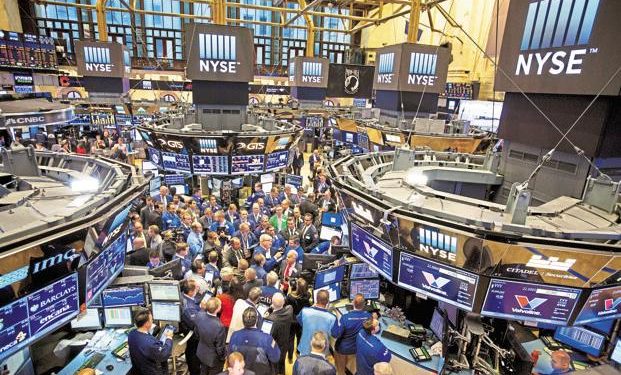The Bureau of Labor Statistics (BLS) has reported that headline inflation in the United States eased by 10 basis points to 2.9% year-on-year in July, down from 3.0% in June. This marks the lowest inflation rate since March 2021, when it stood at 2.6% year-on-year. The slowdown in consumer prices is largely attributed to a moderation in shelter costs, which increased by 5.1% year-on-year in July compared to 5.2% in June. Meanwhile, food prices remained stable, with food away from home rising by 4.1% year-on-year and food at home increasing by 1.1% year-on-year, unchanged from June.
However, energy prices saw a slight uptick, rising by 1.1% year-on-year in July, compared to 1.0% in June. This increase was primarily driven by higher gasoline prices. On a month-on-month basis, headline inflation rose by 0.2% in July, reversing the 0.1% decline recorded in June.
The continued easing of inflationary pressures is largely attributed to the Federal Reserve’s tight monetary policy stance. Despite this positive trend, consumer prices are expected to remain above the Fed’s 2.0% target in the near term due to elevated costs in the services sector.
In response to the softening inflation data and a weakening job market, it is widely anticipated that the Federal Open Market Committee (FOMC) will implement a rate cut in its upcoming policy meeting on September 18. The CME FedWatch tool now indicates a 100.0% probability that the Fed will cut the key interest rate, signaling strong market expectations for a shift in monetary policy.
As the US economy navigates these evolving conditions, the expected rate cut is seen as a measure to support economic growth while maintaining control over inflation, which, although easing, remains above the central bank’s target.


















